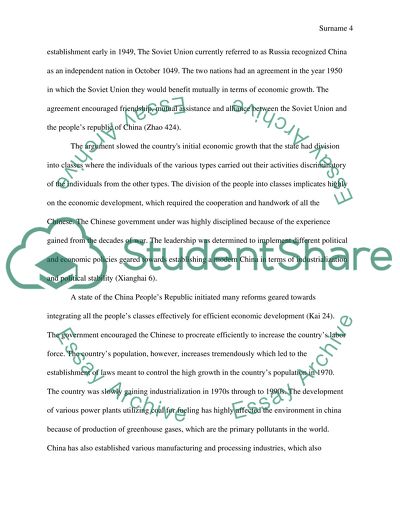Cite this document
(“The geography of contemporary China Research Paper”, n.d.)
The geography of contemporary China Research Paper. Retrieved from https://studentshare.org/geography/1646390-the-geography-of-contemporary-china
The geography of contemporary China Research Paper. Retrieved from https://studentshare.org/geography/1646390-the-geography-of-contemporary-china
(The Geography of Contemporary China Research Paper)
The Geography of Contemporary China Research Paper. https://studentshare.org/geography/1646390-the-geography-of-contemporary-china.
The Geography of Contemporary China Research Paper. https://studentshare.org/geography/1646390-the-geography-of-contemporary-china.
“The Geography of Contemporary China Research Paper”, n.d. https://studentshare.org/geography/1646390-the-geography-of-contemporary-china.


